It happened so that Spain was perhaps the first country to be tasted by Russian buyers of foreign property. It all started about 15 years ago... and still is going on. Despite the ups and downs of the market, the love of Russian buyers to the Spanish Costas remains the same.
Cradle of speculators
It is believed that first buyers from Russia came to the Costa Blanca - in the region of Valencia, in the towns Alicante, Torrevieja, Benidorm. It happened in the late '90s, when Russia had neither specialized media nor special exhibitions of overseas property. Construction boom in the southern European countries has not yet developed and ratings of consumer demand were far ahead.
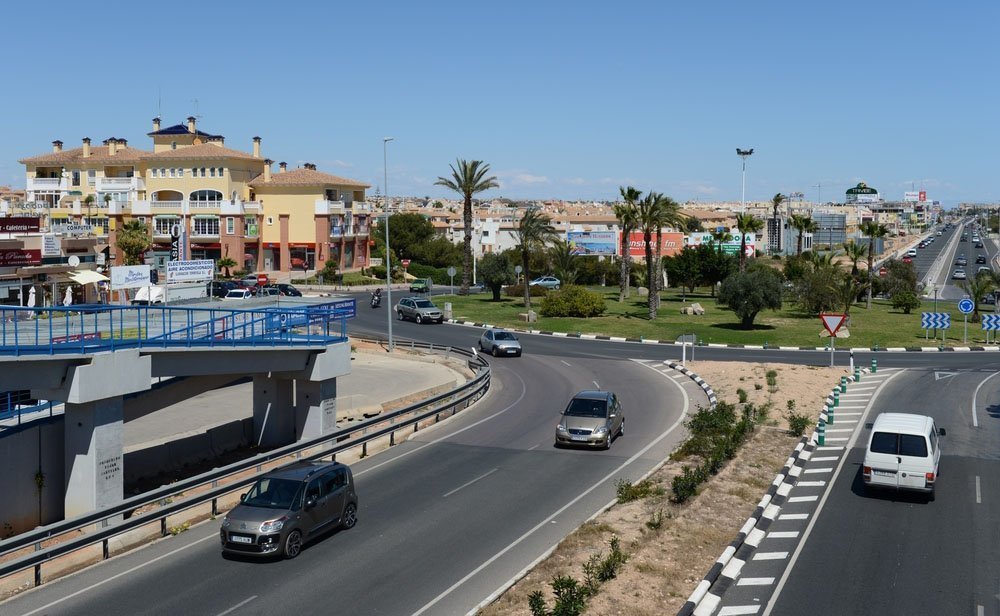
Idea of the prices of that time may be obtained by taking the average current one and dividing them into 2 or even 3. And then a massive building began and construction boom has affected not only the coast, but also the entire country. Prices rocketed up by 30% per year. And then the Costa Brava, the Costa Dorada, the Costa del Sol, the Costa Blanca and the Costa Cálida sounded loudly as places of interest not only for tourists but also for investors.
--------------------
"Spain showed the Russians what the speculative market means. And many have discovered new fruit taste"
--------------------
Spain showed the Russians what speculative market means. And many managed to discover the taste of that new fruit. In early ‘2000s in vogue were stories like: "a friend of mine had bought an apartment in Alicante for €40,000 and then a year later sold it for €55,000" or "neighbor had been working in the tourist industry, and has now opened an agency and sells real estate on the Costa del Sol" or "classmates went to Torrevieja, and they liked it so much that now they buy a house and move to Spain for permanent residence".
Then everything seemed to be simple and clear and Russian buyers had no experience of purchasing in Europe and they accepted all at its face value. But misfires also almost did not happen until the crisis broke out. And then the market froze for a long.
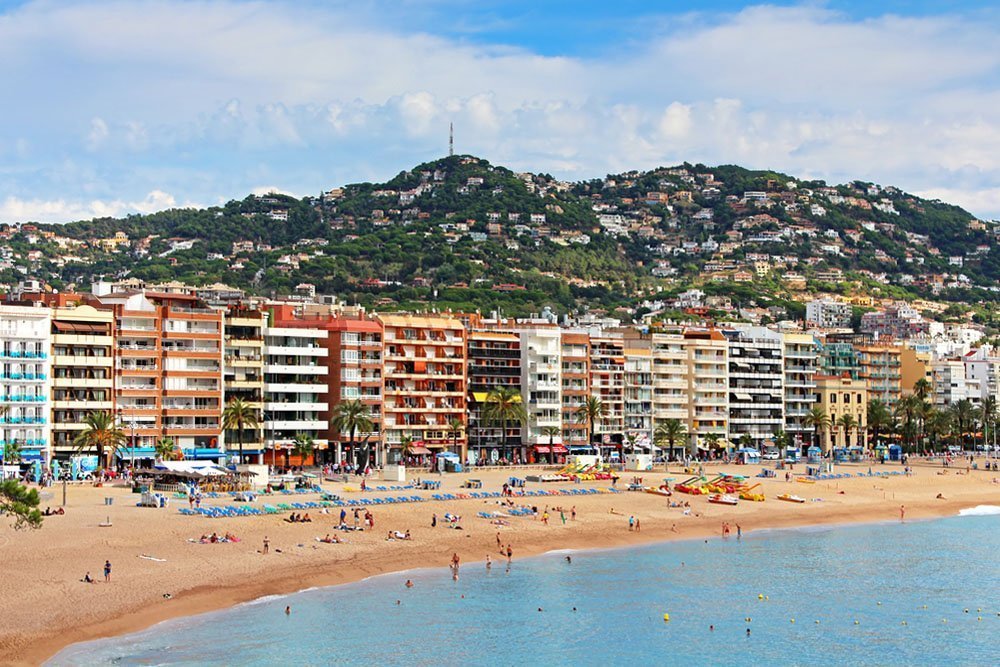
They come back
In 2007, realtors said that it was not a crisis, but only small pause in sales. In 2008, predicted that within a couple of years new growth would begin. But it didn’t begin and the prices for several years fell by 30-50%. But already in 2009 the market begun slightly move on. And, although, according to experts, the price bottom is still not overcame, in demanded segments square meters stopped decreasing for several years. Today, the investment purpose disappeared, but were added such options as savings, compensation of costs by renting purchased real estate and moving to hospitable Spain for permanent residence.
Provia Developers Association of Spain published statistics in early 2014, according to that, the number of real estate purchase transactions by foreigners at the Costa Brava increased by almost 300% as compared with the years of crisis. In 2009, at the coast have been made 6,357 sales and purchases, and today – 17,488. Bulk of foreign customers is formed by the British, who once again returned to the resort markets. Second, to the surprise of many experts, have become the Algerians who moved the Russians into third place. However, according to statistics, the average purchase price today is €109,400 and that is €44,450 less than in 2010.
"I have no time to give you detailed comments as I have every day shows," says Marina Briggs, CEO at Alemar Realty. "Today at the Costa del Sol, where we operate, are back again clients from Moscow and St. Petersburg with the budgets of €200-300K. Demand is growing but the price bottom is not yet overcame."
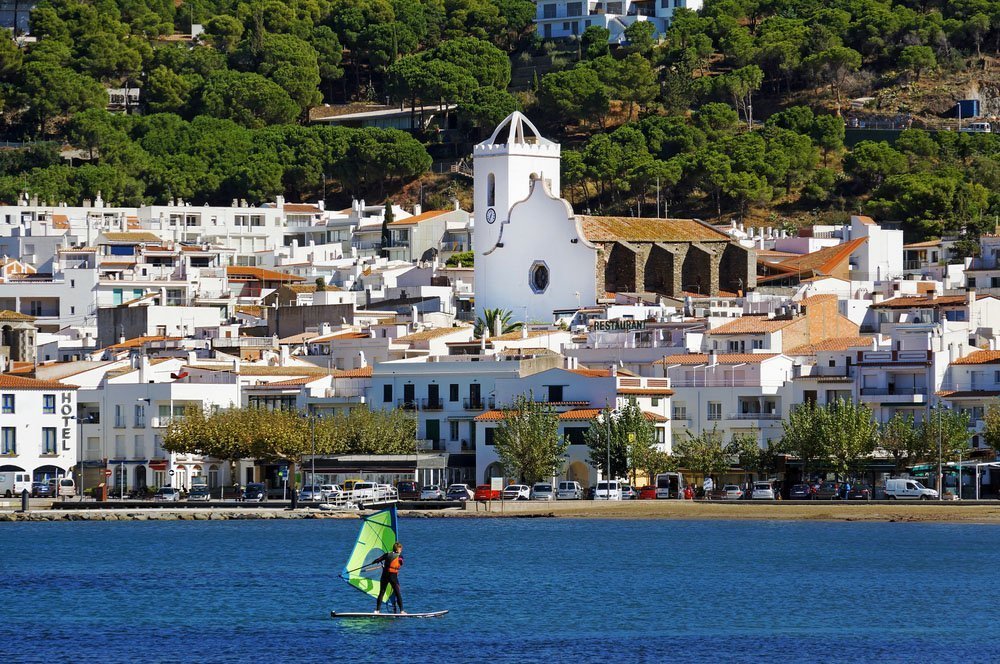
Everyone has its own Spain
Generally at the Spanish coast you may find not only any real estate at any price; its level is jumping so that Spain at the same time may be compared with cheap Bulgaria but also with mid-end Greece and exorbitant budgets of French resorts as well. Here you may find property that was built specifically to suit the tastes of buyers from Russia, Germany and France.
The most expensive property is at the Costa del Sol. It happened in history that construction of luxury villas took place here. Real estate in this region is owned by Arab sheiks and Hollywood stars.
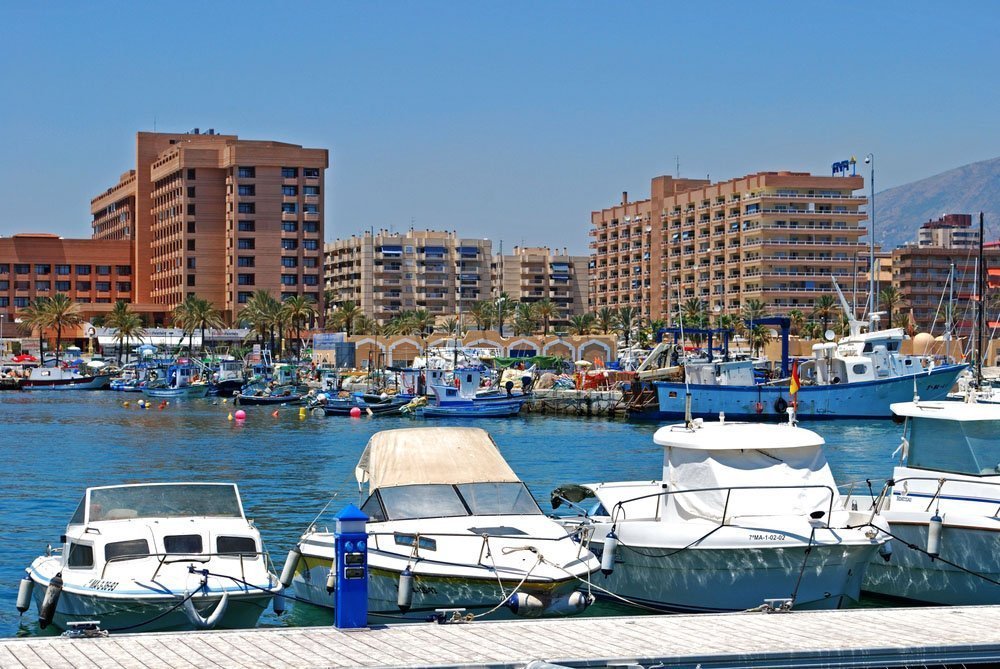
Most available apartments are at the Costa Blanca. The price level doesn’t depend of housing quality but is determined by the fact that the region has been built not so long ago compared with the rest Mediterranean coast of Spain and primary market here has more objects. The more are offerings the lower are rates. Among the Russians in demand is housing of "economy" and "middle" classes in a price range from €80,000 up to €200,000.
"Recently, our customer bought apartment for €211,500 in a suburb of Torrevieja, Punta Prima area," says Maria Konstantinova, Director at Ally Estate. "Price is quite high for the Torrevieja region, but I would say that flat has no drawbacks. It has a sea view and two bedrooms and two bathrooms. We managed to get a 30-years loan for this purchase. Loan amount is €126,900, the interest rate is 3.65% APR, monthly payment for the first year is €580."
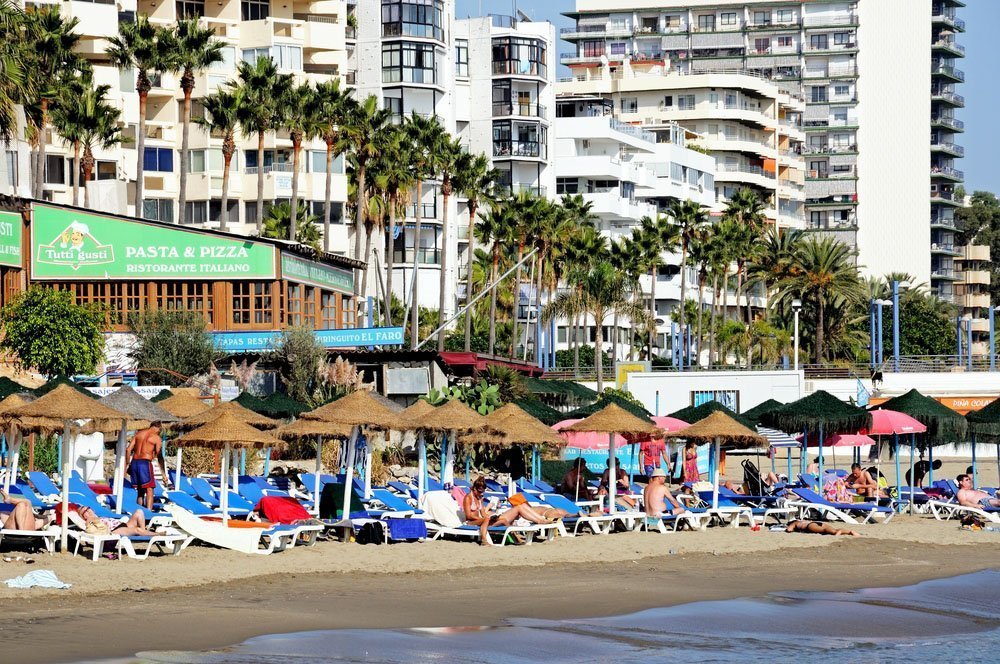
What property to buy in Spain?
Relatively inexpensive offer may be found in the cities of Benidorm, Denia, Alicante, Torrevieja and their suburbs. Fully finished and furnished middle-class apartment located 300-400 m away from the sea today costs €160,000-200,000. If you forget about the first line, then a similar apartment in the town, located 2-3 km away from the sea will cost €80,000-120,000.
Villa in Catalonia is a symbol of comfort and relaxation and costs from €250,000. Apartments with sea view are from €180,000.
--------------------
"The further you move away from the shore, the lower are prices and more interesting are conditions"
--------------------
The further you move away from the shore, the greater choice of cheap objects and interesting shopping facilities you get but the liquidity of such investments decreases proportionally. This is a common rule for any seaside real estate. For example, at the Costa Brava today is possible to purchase a two bedroom apartment with area of 67 square meters in Lloret de Mar (Catalonia) for €110,000. Apartment is located 100 meters away from the beach. A similar one situated a couple of kilometers far away may already cost cheaper by half.
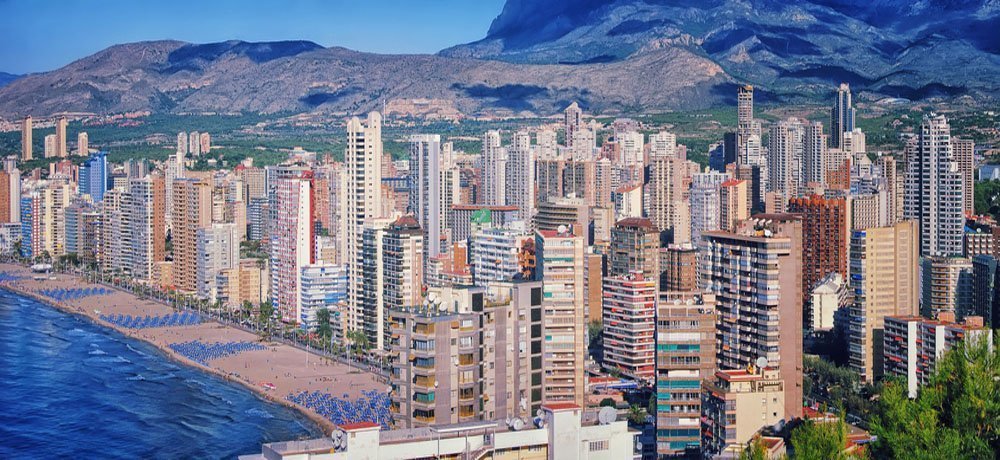
Apartment of 120 square meters in a new building at the Costa del Sol (2 km away from the coast) is for €187,000. Tiny (30 sq.m) but new studio in Torrevieja located 200 m away from the beach is for €30,000 - for Spain this price is more than ridiculous. But there is a peculiarity: although Torrevieja itself is not an expensive place, yet we must understand that at bargain prices in recent years is sold out so-called banking real estate, once constructed with mortgage funds. Objects passed into the ownership of credit institutions as developers built on credit, but were not able to pay off the banks because the sales stopped. Similar options exist in democratic Malaga – in the area of Benalmadena. Expensive Costa del Sol also offers apartments and houses from banks, but the prices here, even with a discount of almost half still are around the level of €100,000.
Generally, in the last 10 years Spain, like an open economy book, showed how an investment boom in the growing real estate market looks like and how “soap-bubble” bursts, and how liquid market segments may remain stable during the crisis. And the country still has remained popular for Mediterranean lovers.
Text: Julia Lozovskaya, especially for ee24.com